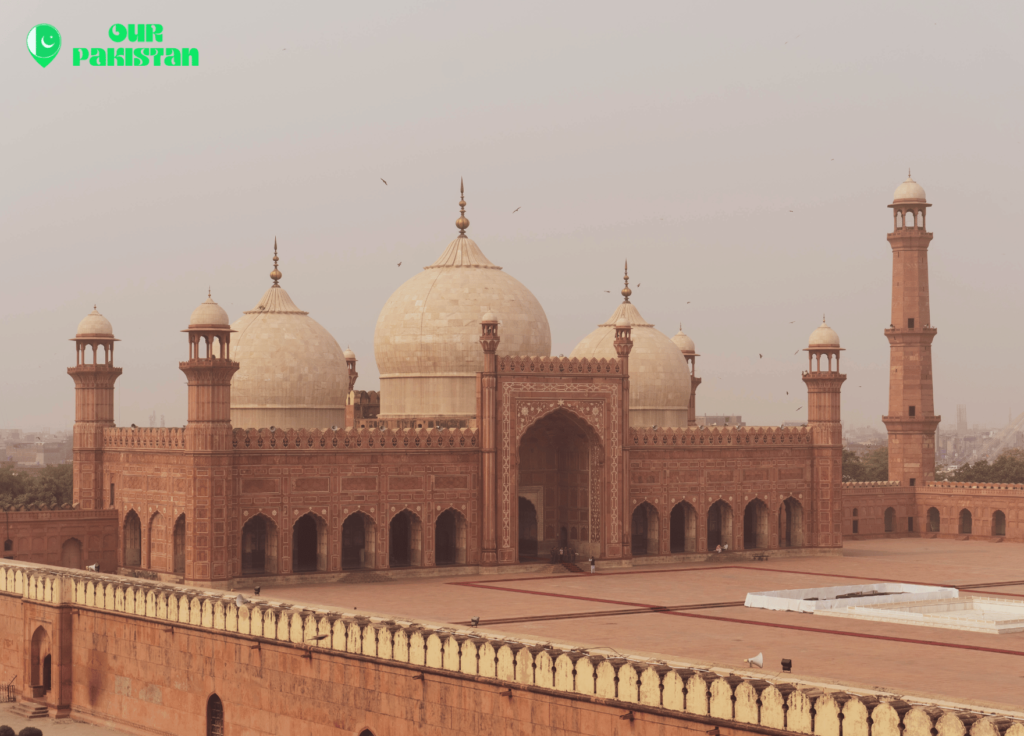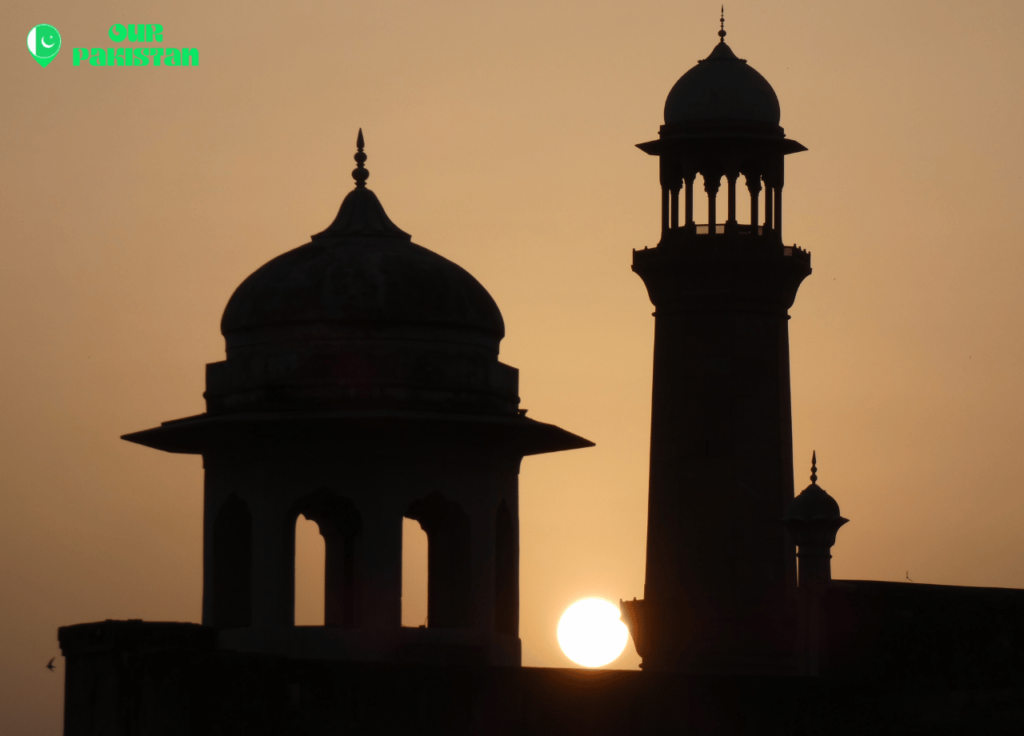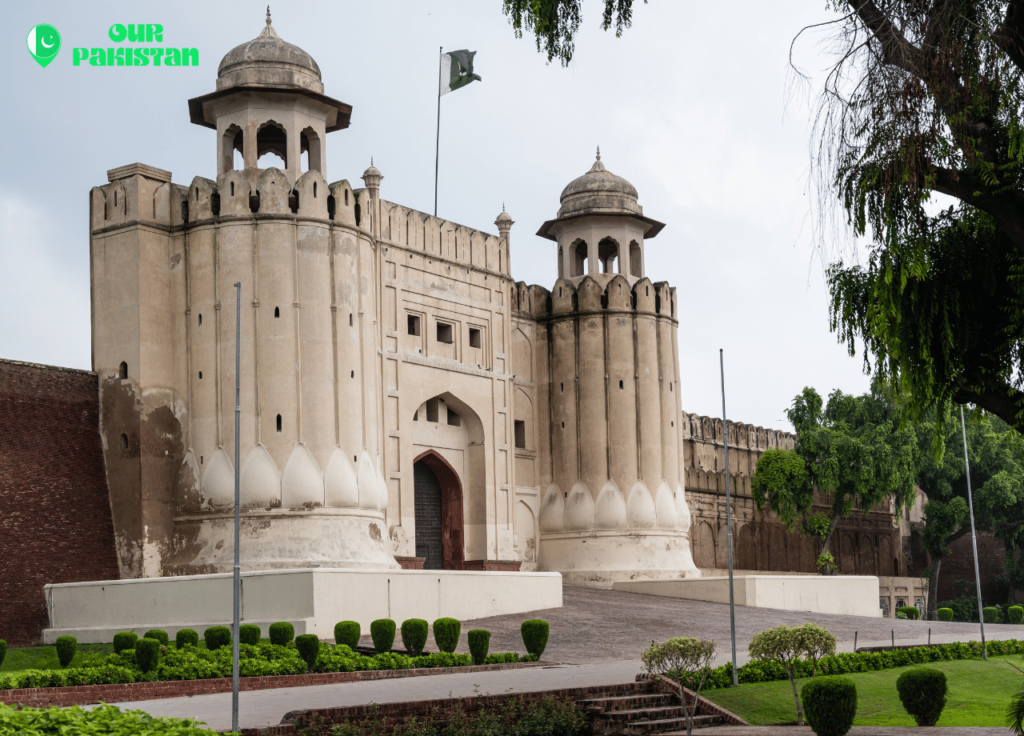Lahore, the heart of Pakistan’s Punjab province, stands as a testament to the country’s rich cultural tapestry and vibrant history. As the capital of Punjab, Lahore has been a center of civilization for centuries, witnessing the rise and fall of empires, from ancient times through the medieval period, and into the modern era. Its historical monuments, a blend of architectural marvels from the Mughal Empire, remnants of the British Raj, and contemporary Pakistani culture, paint a vivid picture of Lahore’s storied past and dynamic present. The city’s significance, both historically and culturally, cannot be overstated, making it an essential destination for anyone seeking to understand Pakistan.
This article will delve into Lahore’s illustrious past, exploring its significance during the ancient and medieval periods, focusing on the profound impact of Mughal influence, which brought about iconic structures such as the Lahore Fort and Shalimar Gardens, constructed under the reigns of emperors like Akbar, Shah Jahan, and Aurangzeb. Furthermore, it will examine the city’s transformation during the British Raj, introducing landmarks such as the Lahore Railway Station and the Lahore High Court. Transitioning into contemporary Lahore, this piece will highlight modern attractions and the bustling life within the city, from the Minar-e-Pakistan and Lahore Zoo to the cultural hub of Anarkali Bazaar. This exploration will not only reveal Lahore’s historical importance but also showcase its role as a vibrant, contemporary city in Pakistan.
Ancient and Medieval History

Early Settlements
Lahore’s history is steeped in mythology and ancient civilizations. According to oral traditions, the city was named after Lava, son of the Hindu god Rama, who is believed to have founded Lahore. The presence of a vacant temple in Lahore Fort dedicated to Lava supports this legend. Additionally, the ancient Jain texts and scholars like Plutarch suggest that Jainism was once the predominant faith in the region, with Lahore serving as a cultural hub for the religion. Historical accounts indicate that Lahore was established by a Hindu colony sometime between the first and seventh centuries, eventually becoming a significant principality.
Ghaznavid and Ghori Periods of Lahore
The Ghaznavid Empire, under Sultan Mahmud of Ghazni, took control of Lahore in 1021, marking the beginning of Muslim rule in the city. Lahore was made the capital, and it flourished under the governance of appointed officials like Malik Ayaz, who is credited with rebuilding the city and enhancing its cultural stature. Following the Ghaznavids, the Ghurid conquest by Muhammad of Ghor in 1186 further emphasized Lahore’s importance in the region. The city continued to prosper under the Ghurids, eventually becoming a pivotal center in the Delhi Sultanate.
Mongol Invasions
Lahore faced numerous Mongol invasions starting from the early 13th century. In 1241, a massive Mongol army led by Munggetu decimated the city, leading to significant loss of life and the destruction of the city’s infrastructure. This period marked a decline in Lahore’s prominence until its revival under the Mughal Empire. Despite repeated attacks, the resilience of the city’s inhabitants was notable, particularly during the invasions led by Tarmashirin in 1327, which ultimately failed to capture the city permanently.
Each of these periods highlights the tumultuous yet rich historical tapestry of Lahore, showcasing its ability to rise repeatedly through the ages as a center of power and culture.
Mughal Influence
Lahore’s transformation under the Mughal rule was marked by significant advancements in architecture, culture, and economy. The city flourished as a hub of grandeur and intellectual activity, attracting scholars, artists, and architects from across the region.
Architectural Wonders
The Mughal era in Lahore is perhaps best exemplified by the architectural marvels that dot the cityscape. Akbar initiated the construction of the Lahore Fort in 1575, which later became a prominent symbol of Mughal architecture. This fort, alongside the massive Badshahi Mosque built by Aurangzeb in 1674, reflects the grandiose and intricate Islamic artistry that characterizes much of Mughal architecture. The Shalimar Gardens, laid out during the reign of Shah Jahan, further showcase the Mughals’ mastery in creating symmetrical and aesthetically pleasing landscapes.
Cultural Flourishing
The Mughals were great patrons of the arts, significantly contributing to the cultural landscape of Lahore. Akbar’s establishment of an imperial atelier brought together artists from different parts of the world, fostering a synthesis of diverse artistic traditions. This era saw the development of the Mughal painting school, which blended indigenous Indian styles with Persian influences. The period under Jahangir and Shah Jahan marked the zenith of Mughal artistic expression, with Lahore becoming a center for exquisite miniature paintings and intricate calligraphy.
Economic Prosperity
Economically, Lahore prospered under the Mughals due to extensive trade and agricultural development. The introduction of a uniform currency and a standardized system of weights and measures facilitated trade and commerce. Akbar’s agricultural reforms increased crop yields and expanded the agrarian base, which in turn supported the urban populations. Lahore’s markets thrived, trading in textiles, spices, and precious stones, making it a key economic center in the Mughal Empire. The city’s strategic location on major trade routes also contributed to its economic significance, allowing for the movement of goods and cultural exchange.

Through these monumental contributions in architecture, culture, and economy, the Mughals left an indelible mark on Lahore, transforming it into a city of immense historical and cultural significance.
Impact of British Rule
Structural Developments of Lahore
Under British rule, Lahore experienced significant architectural transformation, combining Mughal, Gothic, and Victorian styles. Notable contributions by Sir Ganga Ram during this era included the construction of the General Post Office, Lahore Museum, and the Aitchison College. The city’s infrastructure also saw major developments with the establishment of the Lahore Railway Station and various educational institutions like the Government College University and the National College of Arts, which are still prestigious centers of education in Pakistan today.
Socio-Economic Changes
The British period marked profound socio-economic changes in Lahore. The introduction of a uniform currency and standardized weights and measures facilitated trade and commerce, significantly boosting the local economy. Additionally, the British emphasis on infrastructure, such as railroads and public buildings, not only altered the city’s physical landscape but also its socio-economic fabric. The urbanization process accelerated, bringing a surge in labor demand and promoting economic mobility among local artisan groups. This period also saw the rise of the Hindu commercial castes who capitalized on the new economic opportunities, opening new shops and trading in commodities.
Post-Independance Transition
The end of British rule in 1947 led to significant political and economic shifts in Lahore. As part of the newly formed Pakistan, Lahore had to reconfigure its administrative and economic structures previously tied to British India. The transition involved not only the physical infrastructure but also the adaptation of legal and educational systems established during the British era. This period was crucial in shaping Lahore’s modern identity, balancing its colonial past with the emerging needs of an independent nation.
Contemporary Lahore
Infrastructure and Technology
Lahore has witnessed significant advancements in infrastructure and technological innovation, transforming into a hub of modern development. The city’s infrastructure improvements include the construction of modern highways, flyovers, and the Lahore Metro, a state-of-the-art public transportation system revolutionizing commuting within the city. Furthermore, Lahore has become a center for technological advancement with the establishment of various tech hubs and incubators fostering innovation and entrepreneurship. The Technology & IT Park at Lahore Sky, a visionary project, stands as a symbol of innovation, equipped with advanced infrastructure and amenities tailored to the needs of modern businesses.
Tourist Attractions
Lahore continues to thrive as a center of culture, commerce, and education, attracting tourists worldwide with its historic landmarks and vibrant bazaars. Iconic sites like the Lahore Fort, Badshahi Mosque, and Shalimar Gardens remain major attractions, while markets like Anarkali and Liberty Market offer a taste of rich street life. Additionally, the city’s newer landmarks such as Minar-e-Pakistan, a symbol of the nation’s ideology, and the Lahore Museum, housing relics of Pakistan’s history, draw significant attention.
Cultural Renaissance
A cultural renaissance is flourishing in Lahore, driven by a mix of government support, youthful demographics, and increased global connectivity. This resurgence is evident in the restoration of historic landmarks and the thriving arts, music, and culinary scenes, celebrating Lahore’s rich cultural heritage. The government’s initiatives and platforms for artists and cultural practitioners have significantly impacted the cultural vibrancy of the nation. Lahore’s rich cultural heritage, combined with contemporary trends and innovations, contributes to the ongoing cultural renaissance, making it a kaleidoscope of old and new traditions.

Conclusion
Throughout the ages, Lahore has stood as a beacon of cultural richness, architectural grandeur, and historical significance in Pakistan. From its early days marked by ancient civilizations, through the flourishing under the Mughal Empire, to the transformative British rule and into the bustling vibrancy of contemporary times, the city has continuously evolved while retaining its unique heritage. Its landmarks, from the Lahore Fort to the Shalimar Gardens and the Minar-e-Pakistan, not only narrate tales of its glorious past but also showcase its enduring beauty and cultural depth. The economic, social, and architectural advancements discussed underscore Lahore’s pivotal role in the history and development of Pakistan, illustrating its importance as a center of power, culture, and innovation.
The implications of Lahore’s historical and modern developments extend far beyond its geographic boundaries, signifying its role as a cradle of cultural renaissance and economic prosperity in the region. The city’s ability to adapt and grow through various epochs—while keeping its historical essence alive—provides a fascinating study of resilience and dynamism. As Lahore continues to embrace modernity with its advancements in technology and infrastructure, it remains deeply connected to its roots, offering a rich tapestry of experiences for both locals and visitors alike. This duality not only fosters a deeper appreciation for its historical significance but also encourages the exploration of its contemporary relevance and potential for future contributions to the nation and the world at large.
FAQs
In Lahore, key historical sites include the Lahore Fort, which is near the Walled City and features the Sheesh Mahal, Alamgiri Gate, Naulakha Pavilion, and the Moti Masjid. Both the Lahore Fort and the nearby Shalimar Gardens are recognized as UNESCO World Heritage Sites since 1981.
Lahore is renowned for its vibrant Qawwali music scene. Additionally, it’s a hub for Pakistan’s tourism industry, boasting major attractions like the Walled City, the Badshahi Mosque, the Wazir Khan Mosque, and various Sikh and Sufi sacred sites.
According to legend, Lahore was founded by Loh, the son of Rama Chandra. The documented history of Lahore can be traced back to 850 A.D., and it was conquered by Mahmoud Ghazni in 1021 A.D. Lahore was later declared the capital of the Ghaznavid Empire east of the Indus by Masud, son of Mahmood.
The Badshahi Mosque and Lahore Fort are among the most celebrated historical landmarks in Pakistan. The Badshahi Mosque, a masterpiece of the Mughal era, is one of the world’s largest mosques and is noted for its magnificent Mughal architecture.
[…] Airport in Karachi and the historic significance of Allama Iqbal International Airport in Lahore to the architectural marvel that is Islamabad International Airport, these hubs of air travel are […]